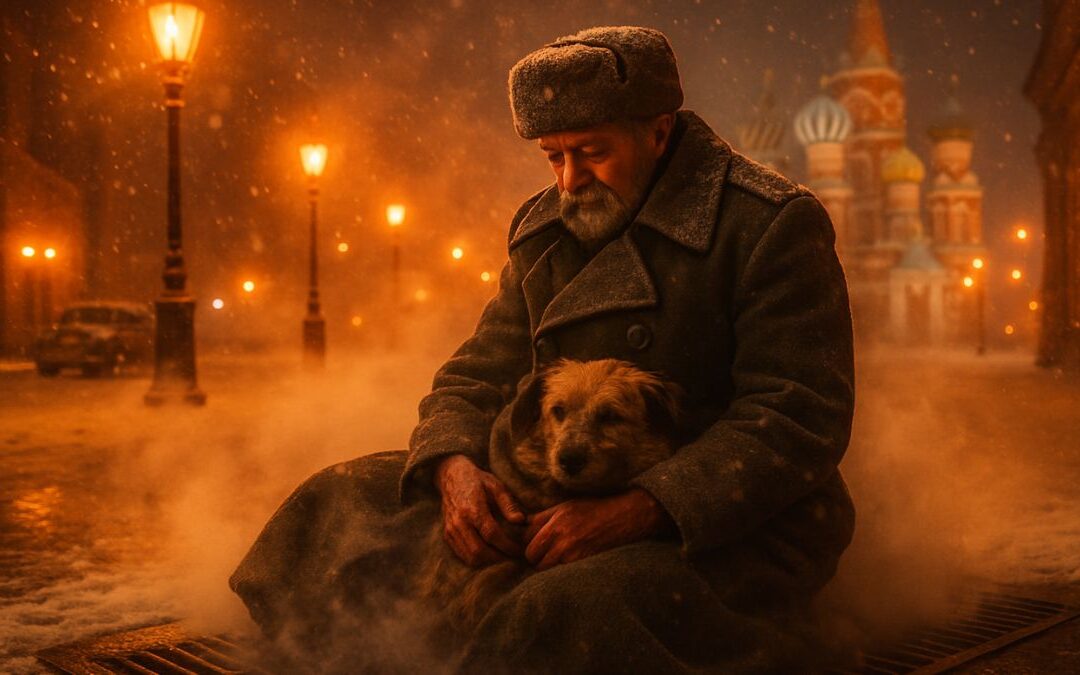Climate change, an ominous force, looms over the world casting shadows of trepidation amongst the intricate and delicate ecosystems that sustain life. Each flora and fauna, from the microscopic phytoplankton to the majestic blue whale, is intertwined in a dance of existence that, of late, is becoming increasingly strained. The warm ambience of the sun is welcomed, but an overload of its embrace due to the greenhouse effect results in climatic conditions that fluctuate beyond the normal rhythms the Earth’s inhabitants have so harmoniously adapted to.
The alarming crescendo of temperatures worldwide is not just a harbinger of melting glaciers and rising sea levels, but a sinister prelude to the devastation of biodiversity. In the wake of this thermal shift, animal populations find themselves cornered, compelled to adapt, migrate or face extinction.
Consider the poignant narrative of polar bears. These magnificent creatures are emblematic of the Arctic’s serene yet unforgiving wilderness. However, as the ice retreats, so does the sovereign territory of these bears. Malnutrition and decline in reproduction rates are the consequent repercussions as seals, their primary prey, become elusive.
Equally disconcerting is the fate that befalls coral reefs, a vibrant underwater spectacle, now pale and brittle as bleaching events increase. The kaleidoscope of marine life that these reefs sustain faces a threat of immeasurable proportions.
It’s not just the chilling scenes of barren landscapes and emaciated animals that unravel before our eyes; climate change impacts animal behavior and migration patterns. Birds, exemplars of migratory precision, now find their well-timed journeys clashing with unpredicted weather patterns, impacting their breeding and feeding.
The repercussions are not constrained to the icy realms of the poles or the lustrous depths of the oceans. Terrestrial landscapes, adorned by diverse biomes, face the relentless encroachment of climate change. Animals adapted to the meticulous precision of their environment are now confronted with the vagaries of disrupted habitats. A forest, once dense and robust, now stands vulnerable to wildfires, its inhabitants either perished or displaced.
Yet, amidst the dire outlook, ingenuity and adaptation, those quintessential traits of life, surface. Certain species showcase an astounding resilience, altering their behavior, physiology, and even genetics to outwit the encroaching menace of climate change.
The red fox, characterized by its adaptability, expands its habitat further north, while butterflies, those ethereal beings, alter their migration to exploit favourable climates. Yet, it’s a precarious triumph, as the ecosystems, still in flux, offer no guarantees of sanctuary.
Science, too, wields tools of intervention, monitoring, and conservation to mitigate the looming catastrophe. Biologists, ecologists, and conservationists unite in efforts to delineate strategies that might alleviate the strain on animal populations.
Yet, it is an undeniable truth that the crucible of this crisis is wrought by human hands. As industrial, agricultural, and developmental enterprises burgeon, so too does the mandate to reconcile human progress with ecological preservation. The tapestry of life, woven over millennia, stands at the threshold of unravelling or metamorphosing into a narrative of rebirth and renewal, penned by collective action.
Crossword Puzzle in Context
All the words you need to solve the crossword puzzle below can be found in the text above. Enjoy the challenge!










0 Comments